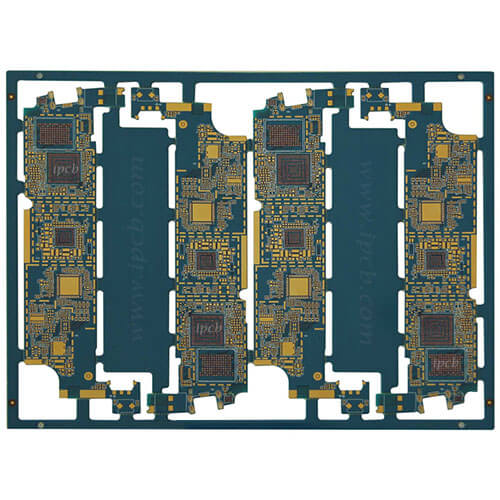With the rapid development of domestic electronic technology, electronic products tend to be compact, portable and multi-functional. From the previous single-panel development to double-panel and multi-layer boards, high precision, high reliability and complexity have become the development of HDI boards. Trend. HDI board is a necessary carrier for equipment, electrical appliances and software. Different HDI board materials are used in different equipment. The raw materials for HDI board are still seen everywhere in our daily life, that is, glass fiber and resin. The glass fiber and resin are combined and hardened to become a heat-insulating, insulating, and not easy to bend board. This is the HDI board substrate.
The first consideration when selecting a base material is the temperature, electrical properties, soldering components, connectors, structural strength and circuit density during use in the later soldering process, followed by material and processing costs. Therefore, what factors should be considered when choosing HDI board materials? A substrate with a higher glass transition temperature should be selected appropriately, and the Tg should be higher than the operating temperature of the circuit. High heat resistance and good flatness are required. In addition, in terms of electrical performance, high-frequency circuits require materials with high dielectric constant and low dielectric loss. Insulation resistance, withstand voltage strength, and arc resistance must meet product requirements. It also requires a low coefficient of thermal expansion. Due to the inconsistency of the thermal expansion coefficients in the X, Y and thickness directions, it is easy to cause deformation of the HDI board, and in severe cases, it will cause the metallized hole to break and damage the components. One more thing to add is that the copper clad laminate is the substrate material for making printed circuit boards. It is used to support various components, and can achieve electrical connection or electrical insulation between them.

There is also a composite material circuit board that is also used more. It has high hardness, high fiber strength, high toughness, low interlayer shear strength, anisotropy, poor thermal conductivity, and the thermal expansion coefficient of fiber and resin is very different. When the cutting temperature is high, it is easy to generate thermal stress at the interface between the fiber and the matrix around the cutting area. When the temperature is too high, the resin melts and sticks to the cutting edge, causing difficulties in processing and chip removal. The cutting force of drilling composite materials is very uneven, and it is easy to produce defects such as delamination, burrs and splitting, and the processing quality is difficult to guarantee. Therefore, HDI board composite material is a non-metal composite material that is difficult to process, and its processing mechanism is completely different from that of metal materials.
However, it is worth mentioning that, in addition to 5G high-end products, ordinary products are still facing the dilemma of oversupply. For copper foil substrates, the market prospects have not improved significantly, and FR4 materials are used as always. It may face the pressure of price competition.